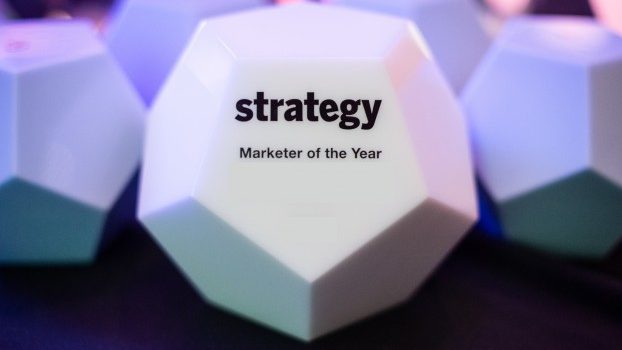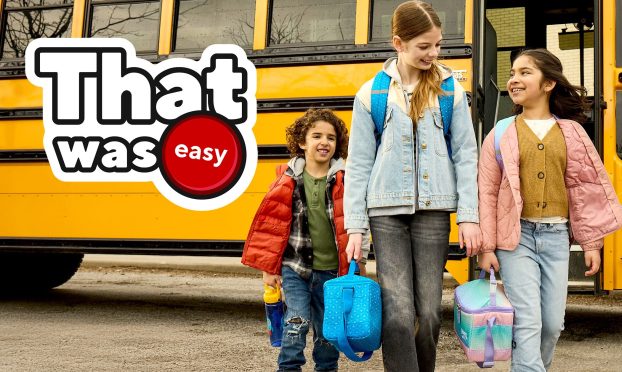This article appears in the June 2017 issue of strategy.
The Wins: Molson Canadian “Rooftop Rink” by Rethink Gold Best Experiential Engagement; Harley-Davidson “1903: A Harley-Davidson Café” by Zulu Alpha Kilo Silver Best Experiential Engagement; and Scotts Miracle-Gro Canada “Green Screen” by Rethink Bronze Best Tech Breakthrough
With a fractured media landscape, ad blocking and other impediments to traditional ways of doing business, marketers are spending more time creating experiences to engage audiences. From hockey rinks in the sky to unlikely themed cafés, brands are going to greater lengths to connect.
Harley-Davidson, the iconic motorcycle brand, had an aging ridership and was losing relevance with the younger generation (who associated it with middle-aged men). Combining nostalgia for the Easy Rider days of ’60s and ’70s “café-racing” subculture with the hip urban environment of Toronto’s Ossington Street, the brand’s “1903: A Harley-Davidson Café” sought to win over new riders.
The café, by Zulu Alpha Kilo, partnered with Fahrenheit coffee and covered its walls with historical brand photos, from 1903 to the present. Everything was meant to reinforce its quality and heritage. A garage in the back featured a “Jumpstart” simulator – a heavy-duty treadmill that allowed more than 1,200 people to simulate what it’s like to ride one of the bikes – and also offered free maintenance courses.
Anoop Prakash, who was Harley-Davidson Canada’s managing director during the campaign, told strategy that the space was created to allow consumers to interact with the brand’s heritage in a relaxed way.
“People need to engage with the brand on an emotional level,” he said. “If they have an opportunity to feel the rumble of the engine, they’ll better understand the emotional connection.”
The café was open for most of the 2016 riding season, generating almost 50 million media impressions. After three years of decline, sales jumped 5.5% that year.
 Another unexpected twist on the product demo was Scotts Miracle-Gro Canada with its “Green Screen” campaign by Rethink to push the Turf Builder Green Max lawn product. The brand’s key insight was that lawns are so green after using Turf Builder that they could be used as green screens.
Another unexpected twist on the product demo was Scotts Miracle-Gro Canada with its “Green Screen” campaign by Rethink to push the Turf Builder Green Max lawn product. The brand’s key insight was that lawns are so green after using Turf Builder that they could be used as green screens.
Taking to high-traffic areas throughout Toronto, Scotts turned a product demo into a fun, interactive experience that naturally lent itself to social sharing. Targeting film buffs during the Toronto International Film Festival (TIFF), the brand encouraged people to pose in front of a patch of grass treated with the product. People could choose to float around planets, dive into the Trevi Fountain, swim with sharks or dozens of other superimposed backdrops. It led to a 42% sales increase for the week it was in market.
 Rethink’s other big experiential campaign, the “Rooftop Rink” for Molson Canadian, managed to generate just as much excitement as its 2015 #AnythingForHockey campaign (when the brand flew people to the Rocky Mountains to play hockey on a remote rink). Choosing a downtown Toronto skyscraper – a high-profile location where the construction of a hockey rink on the roof wasn’t going to go unnoticed – allowed the brand to generate tremendous buzz before it had even claimed ownership. When construction on the rink began, so did the social media frenzy, which was picked up by mainstream outlets.
Rethink’s other big experiential campaign, the “Rooftop Rink” for Molson Canadian, managed to generate just as much excitement as its 2015 #AnythingForHockey campaign (when the brand flew people to the Rocky Mountains to play hockey on a remote rink). Choosing a downtown Toronto skyscraper – a high-profile location where the construction of a hockey rink on the roof wasn’t going to go unnoticed – allowed the brand to generate tremendous buzz before it had even claimed ownership. When construction on the rink began, so did the social media frenzy, which was picked up by mainstream outlets.
The campaign connected the brand with its hockey-obsessed base, soliciting stories of what fans would do for a chance to play on the rink. It was featured on Hockey Night in Canada and, after more than 30,000 inquiries about playing on the surface in 12 days, Molson opened it up to more fans, charitable organizations and NHL alumni, and extended its life for an extra month. Some even paid $2,000 per hour to rent it out.
The stunt helped make Molson Canadian consumers’ top beer companion for hockey games.
Focusing on a unique sensory experience
The Win: Tourisme Québec “Blind Love” by Lg2 Silver Global
 For a destination without signature landmarks, focusing on the sensory experience of travelling in Quebec made, well, good sense. But the way Tourisme Québec and Lg2 pulled off the “Blind Love” campaign made it special.
For a destination without signature landmarks, focusing on the sensory experience of travelling in Quebec made, well, good sense. But the way Tourisme Québec and Lg2 pulled off the “Blind Love” campaign made it special.
The campaign used Danny Keane, a blind New Yorker, as its spokesperson to drive home the angle. Without him, it would have been “a pretty classic tourism ad,” Sylvain Talbot, promotional campaign co-ordinator at the organization, told strategy last year. “But by shifting his senses, it changes the viewer’s focus because you see the activities he is doing knowing that he is blind, so you feel a bit more of the impact the destination has on a person.”
The social-heavy campaign included an interactive online experience where viewers could shift between Keane’s perspective and his guide’s.
In addition to the 400 million media impressions and 13 million views of the online video, visits to Quebec from the U.S. jumped 22%.






















